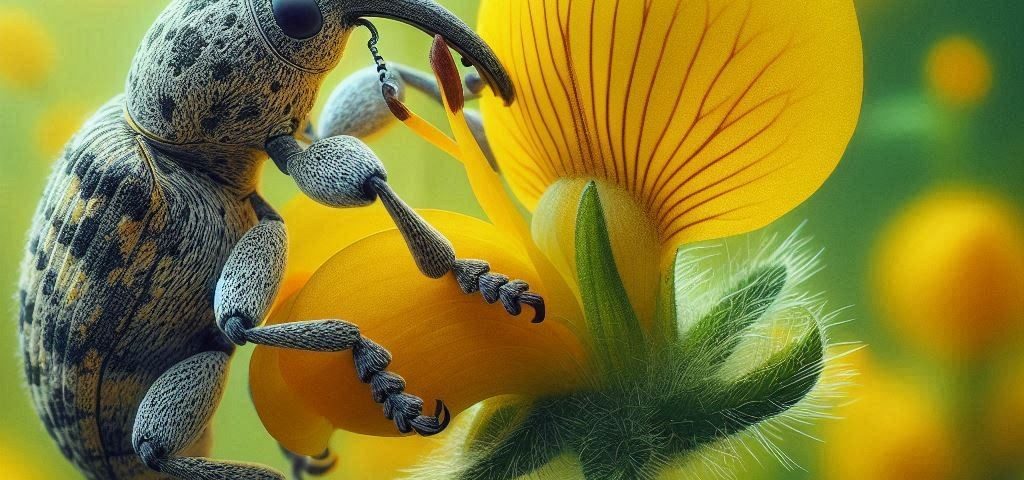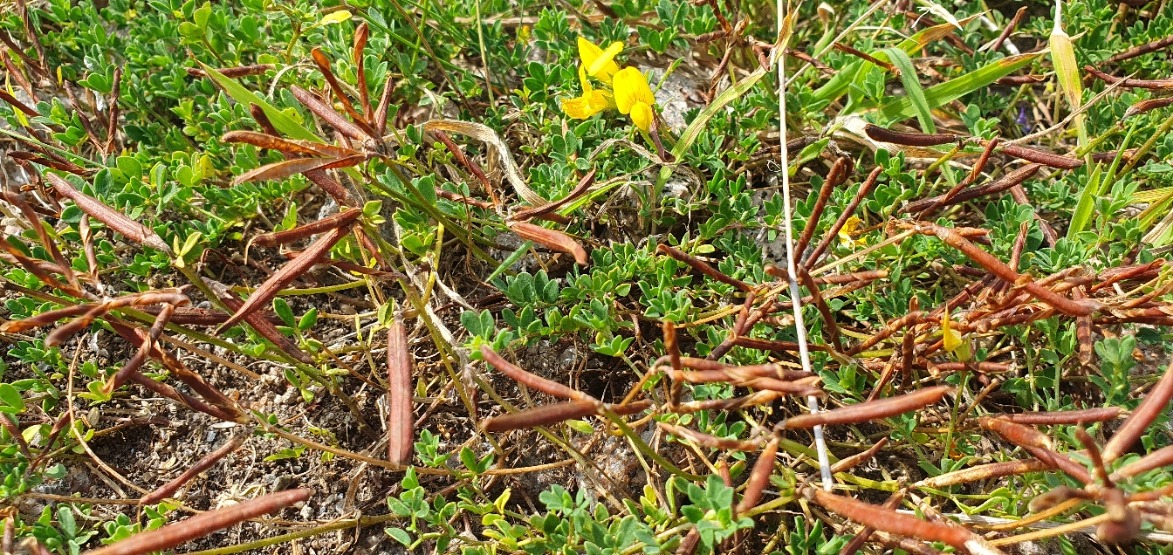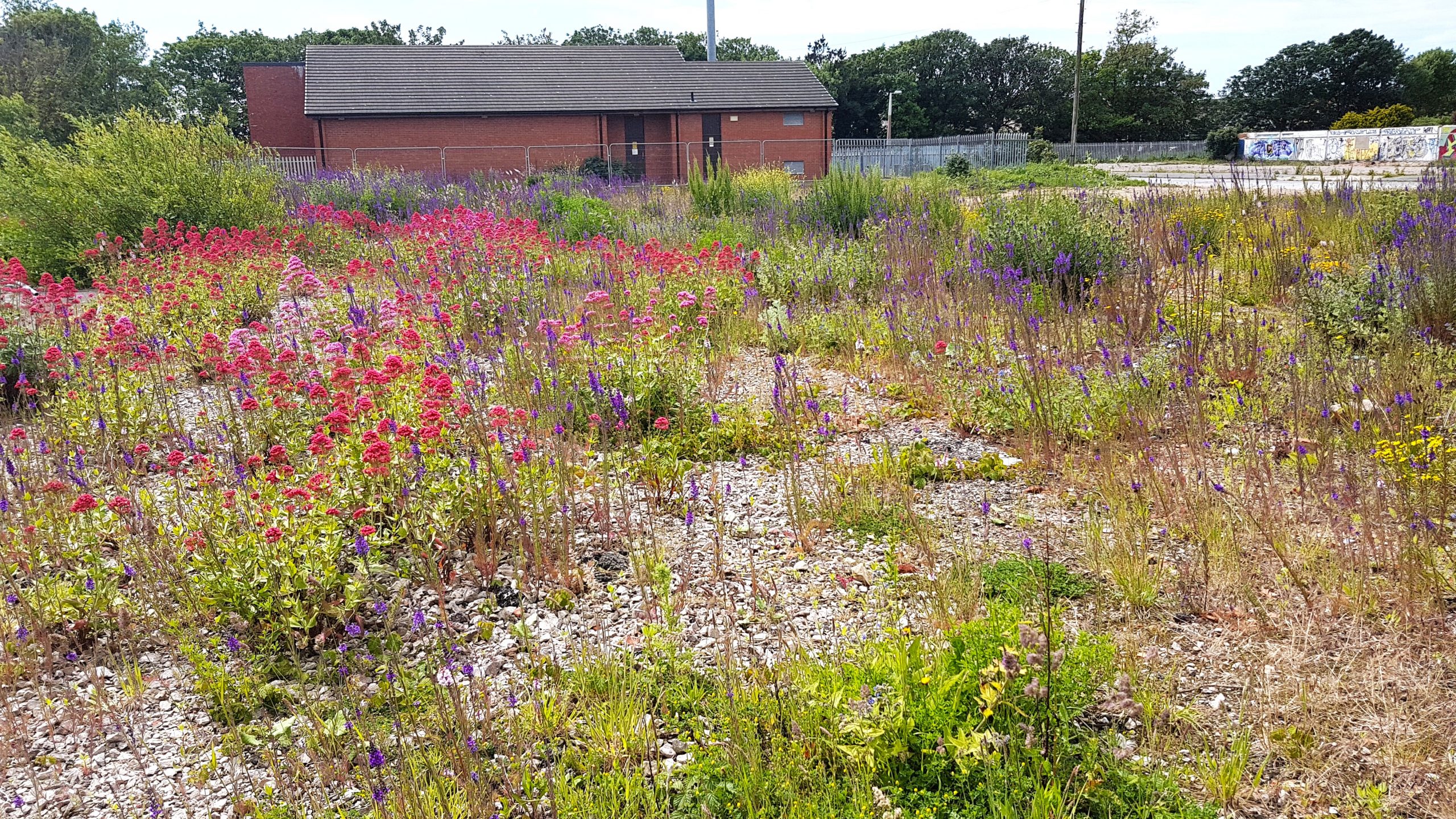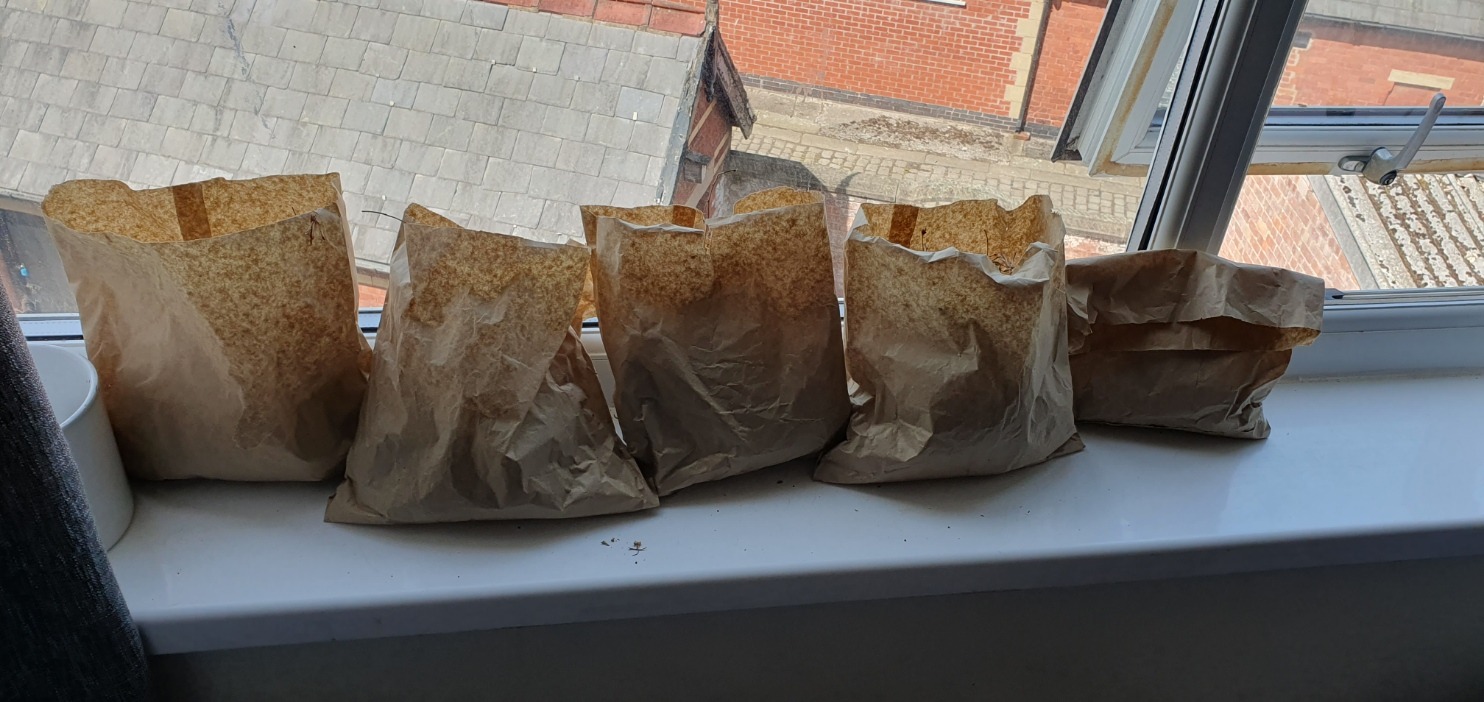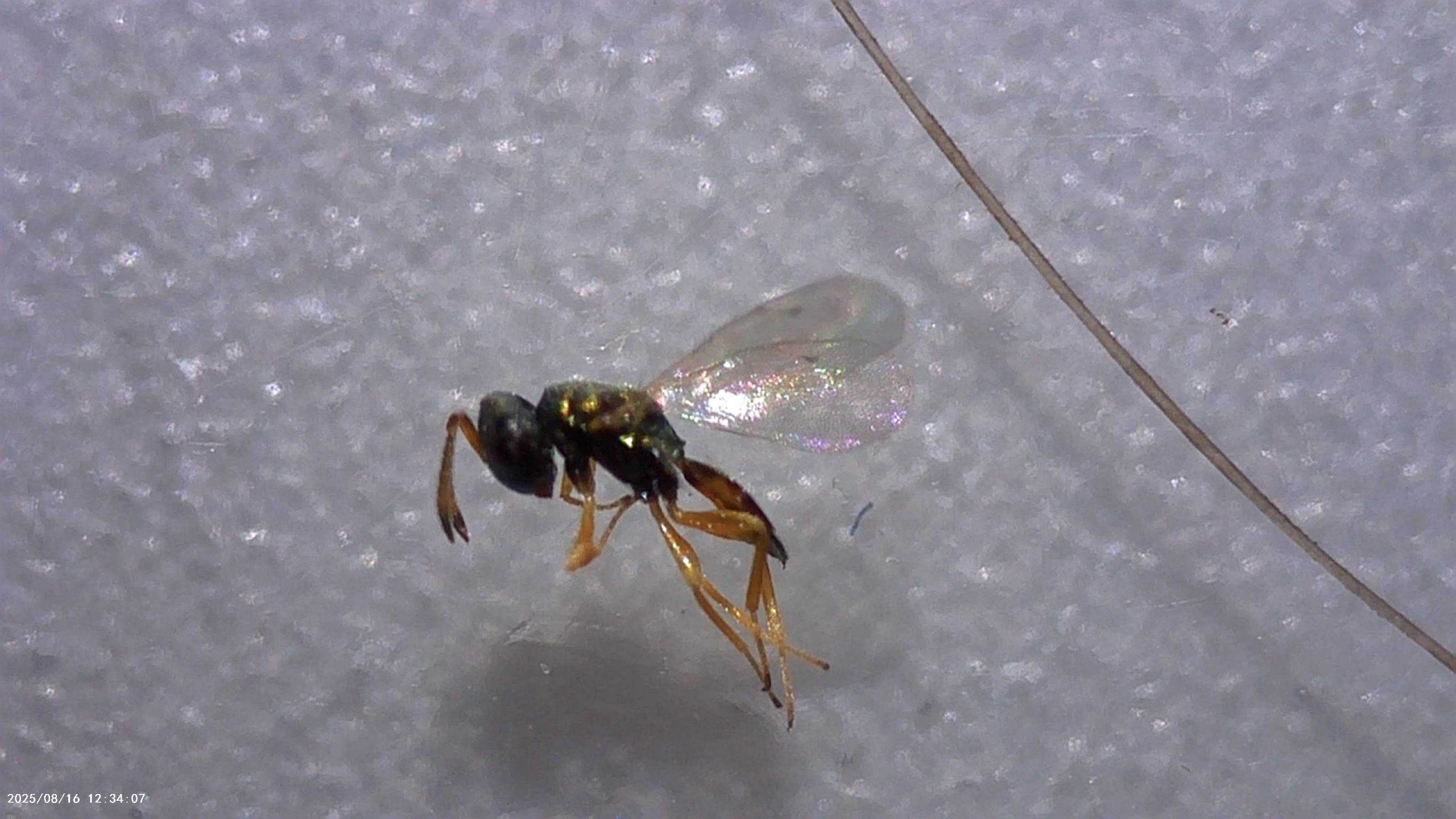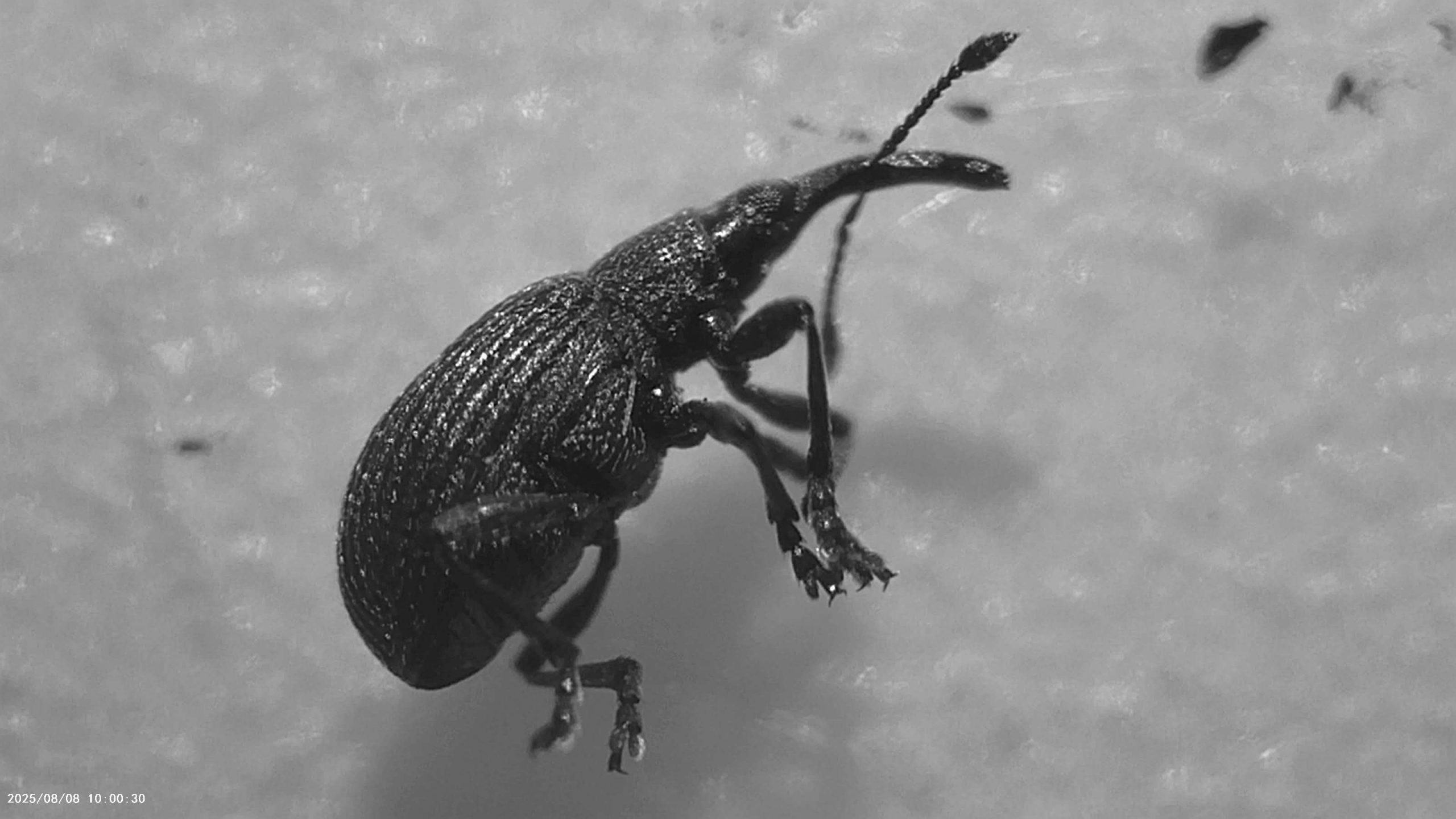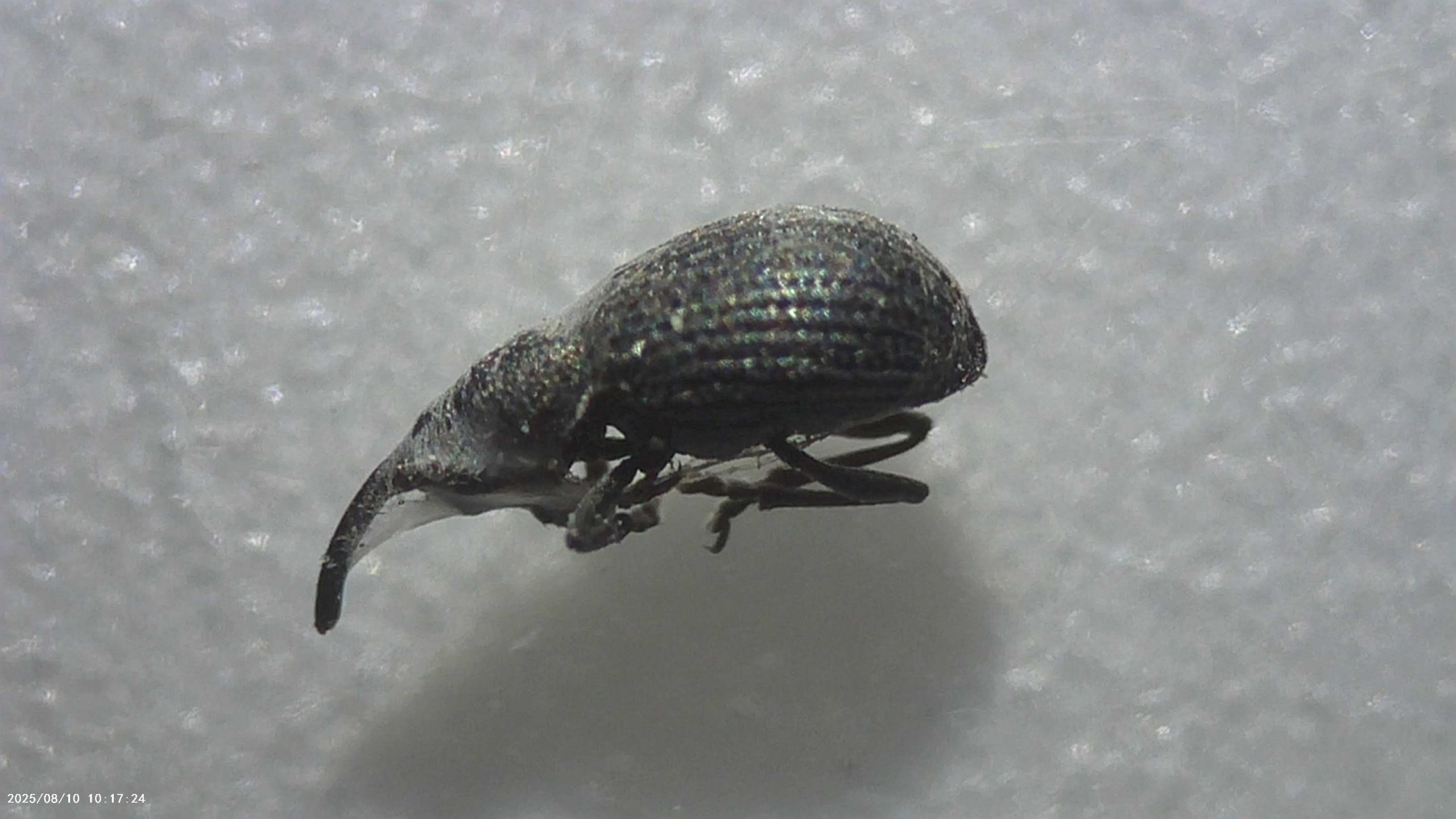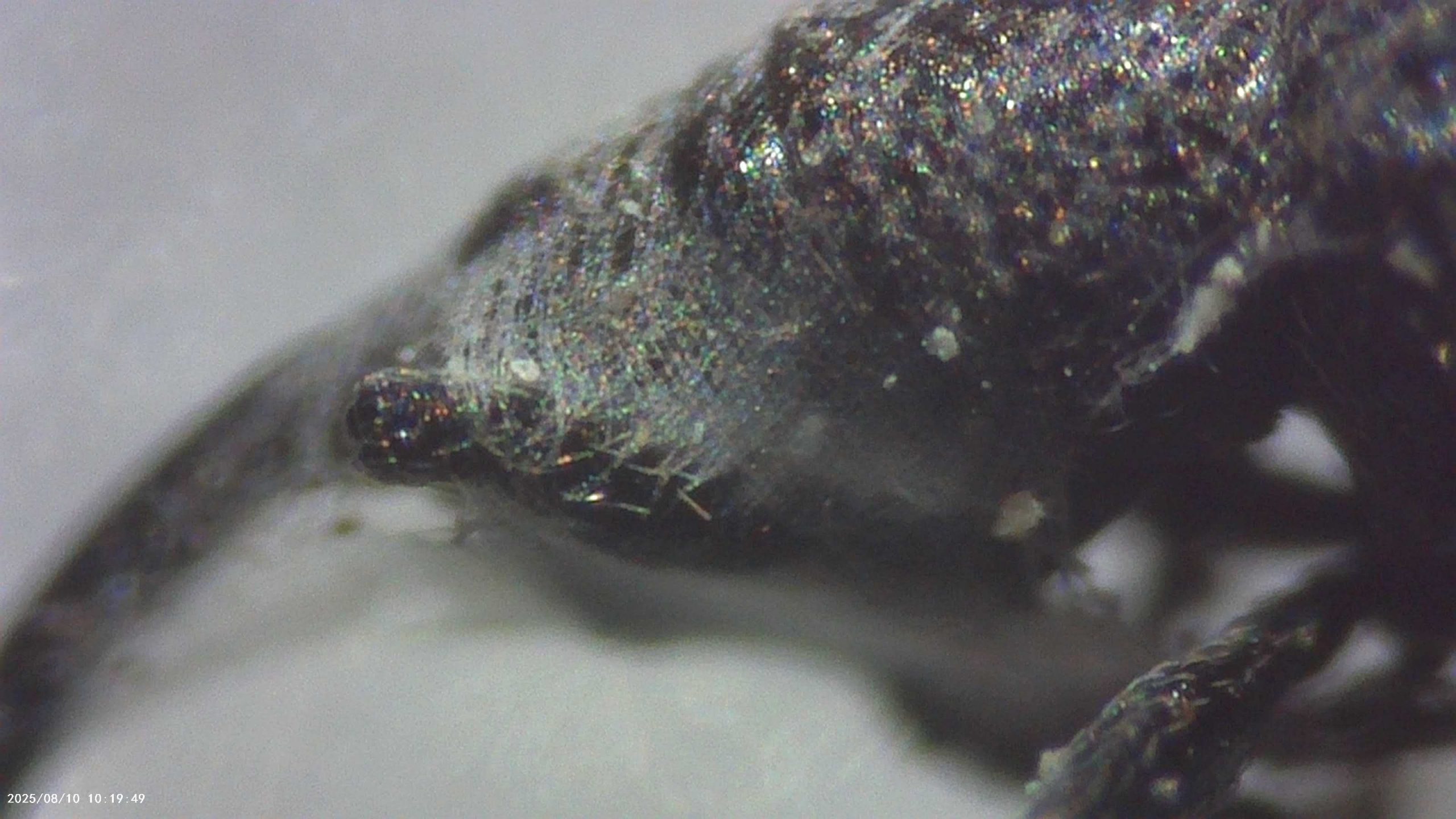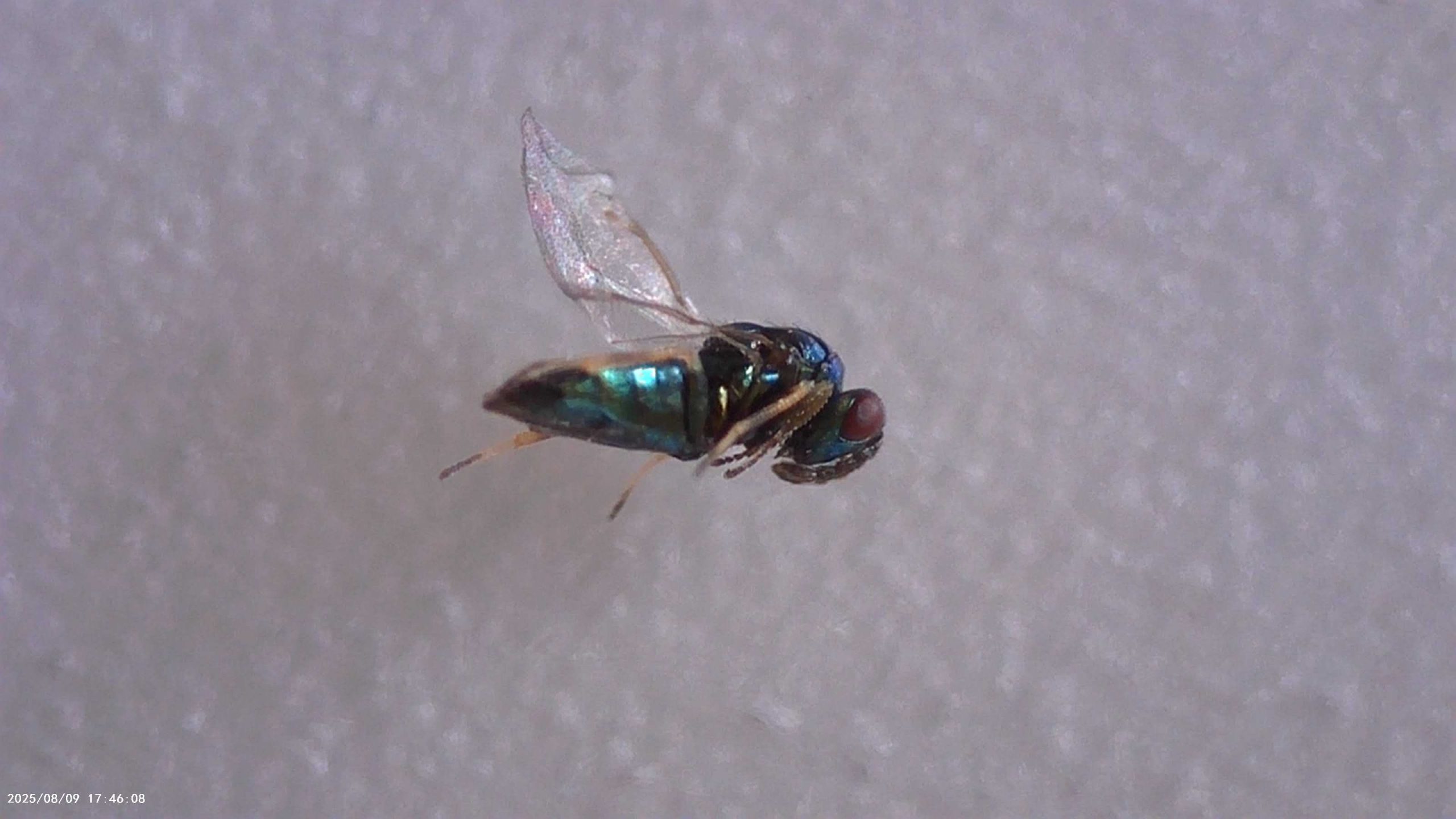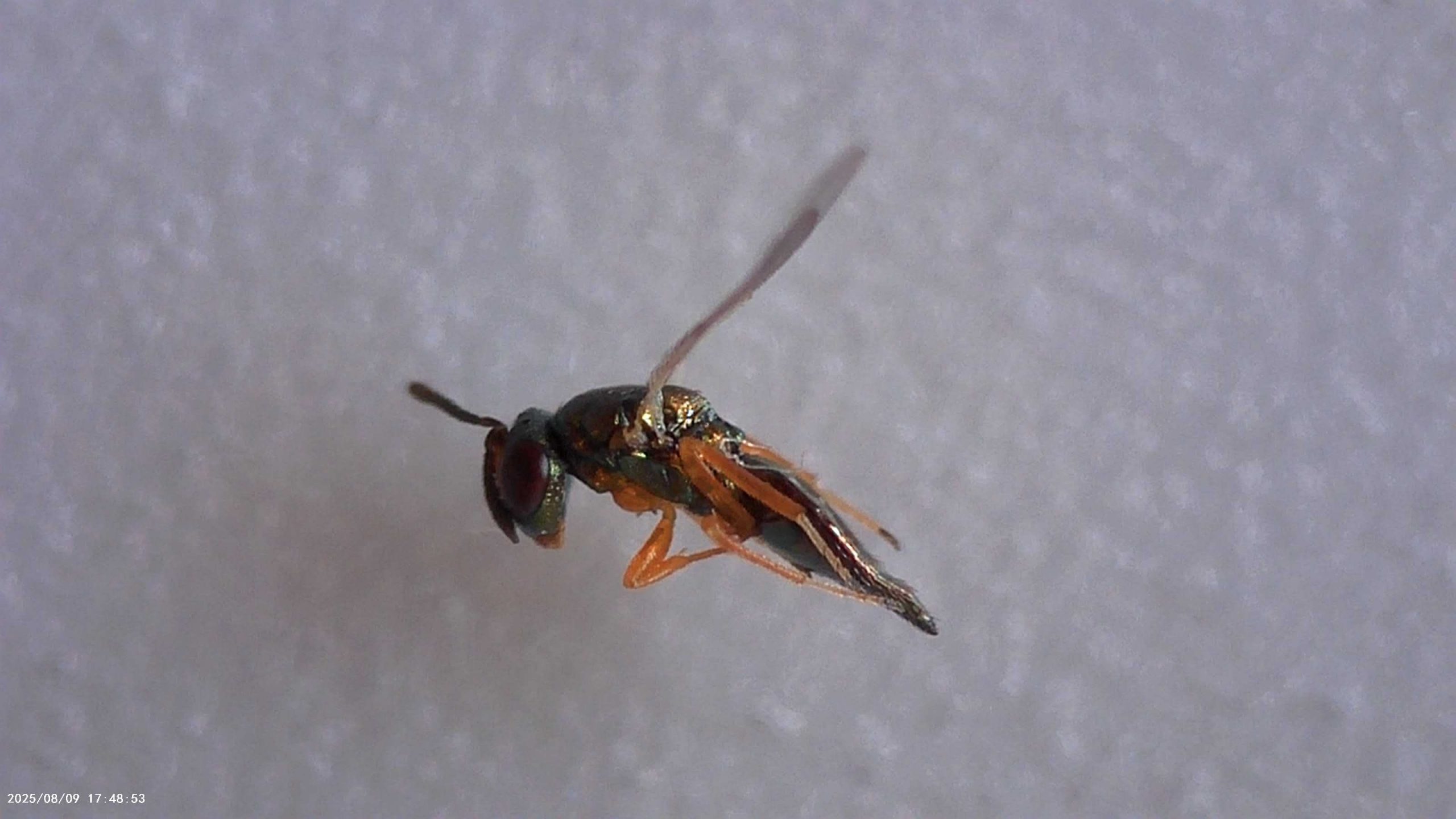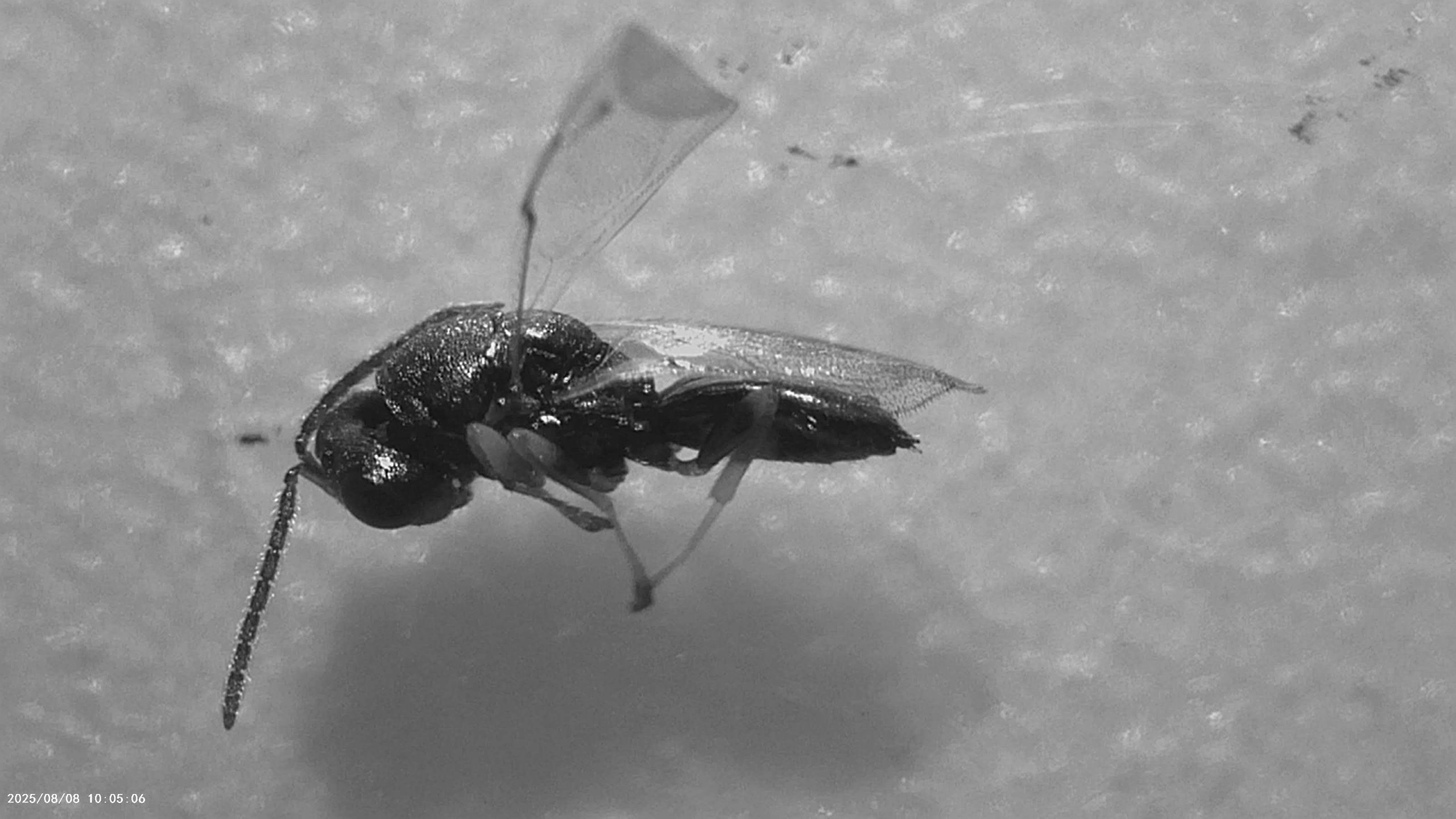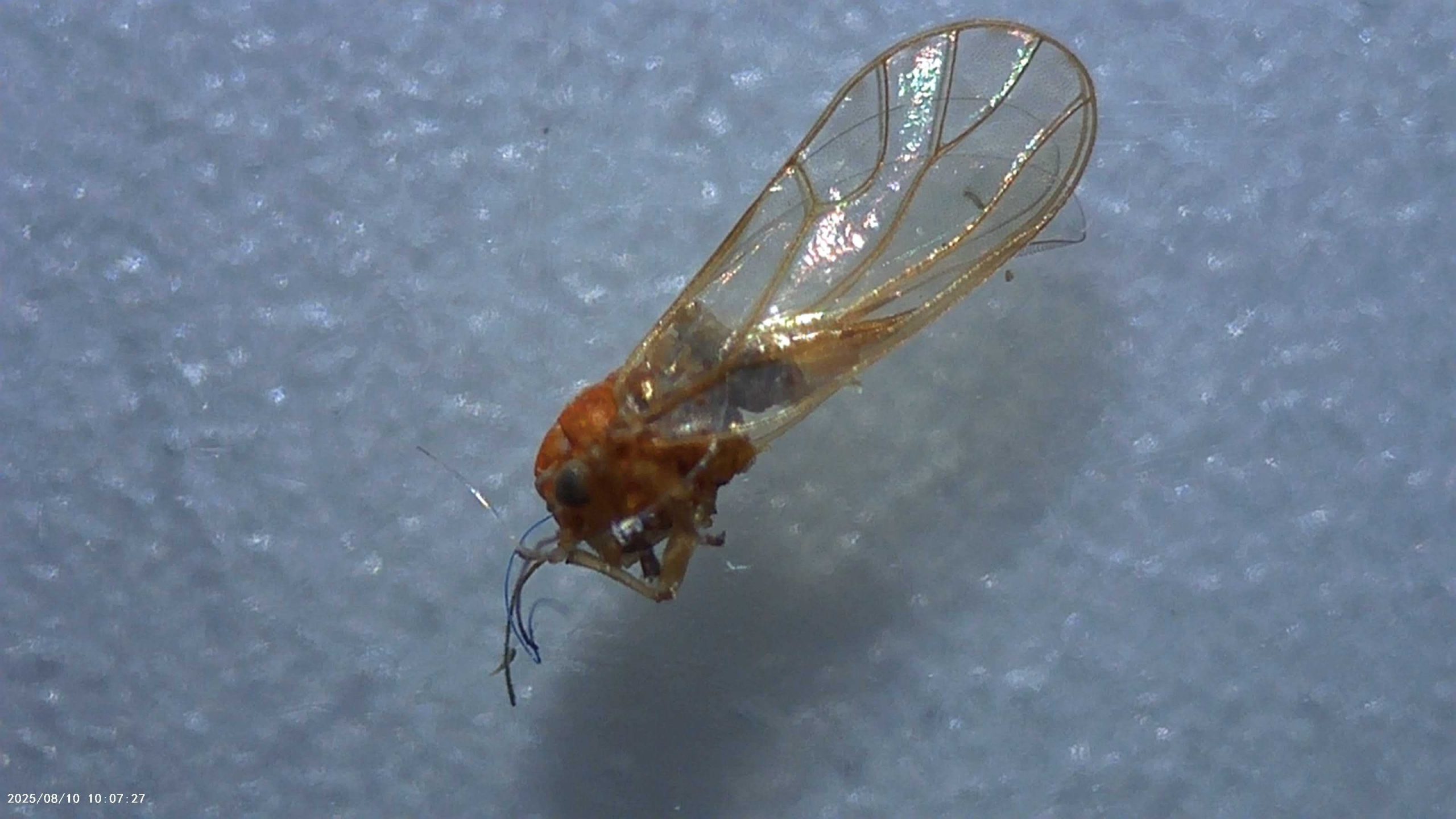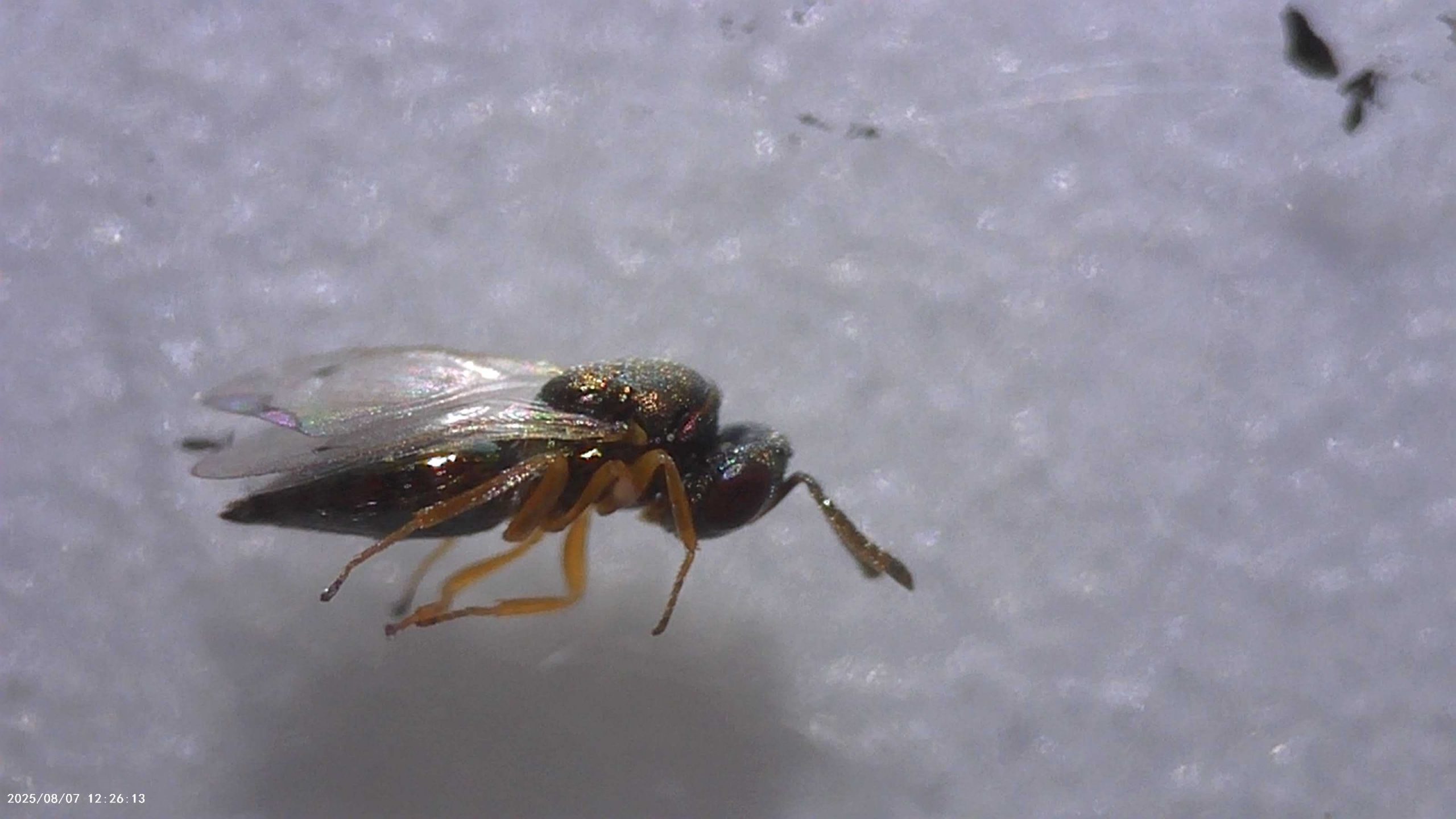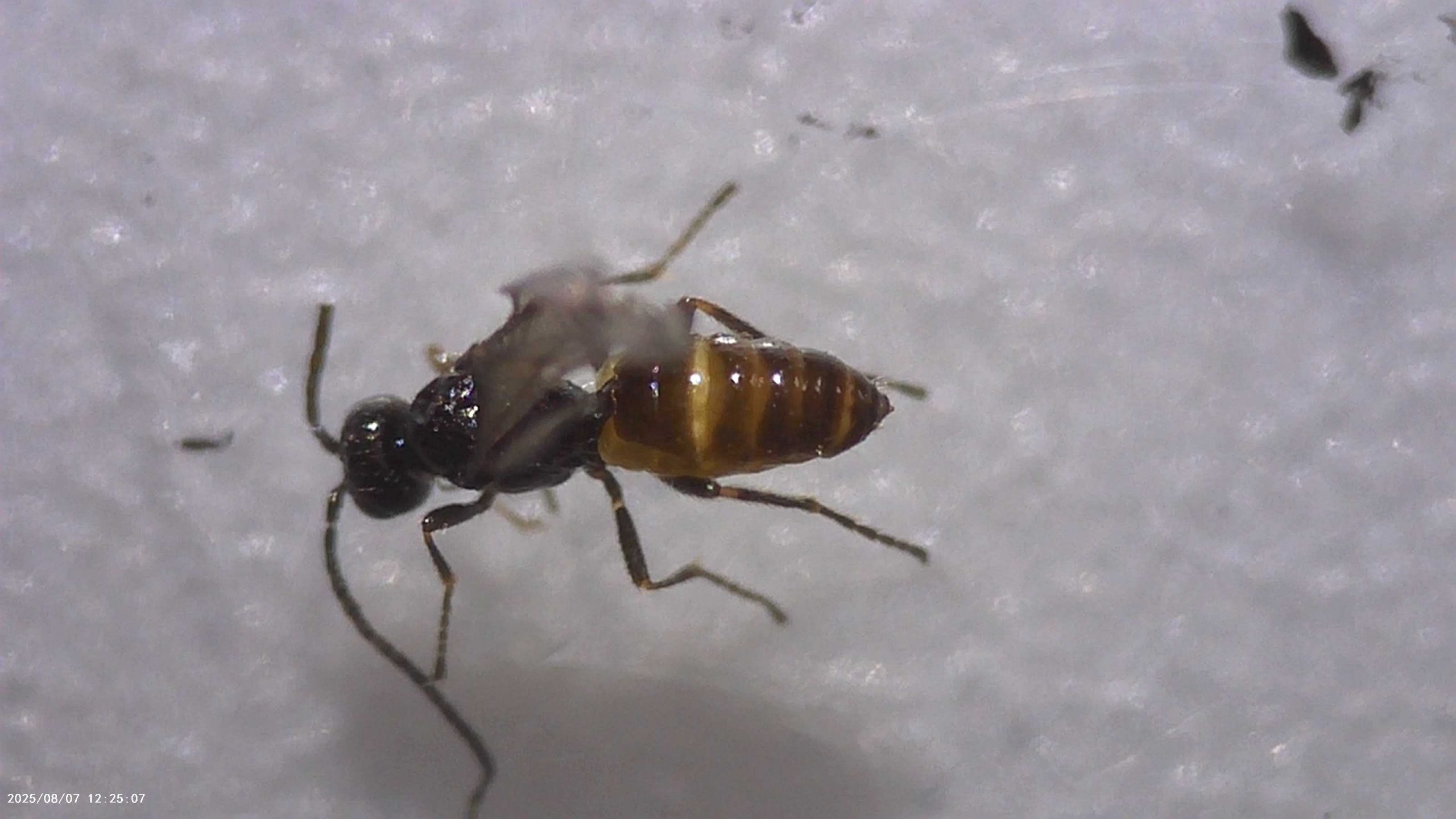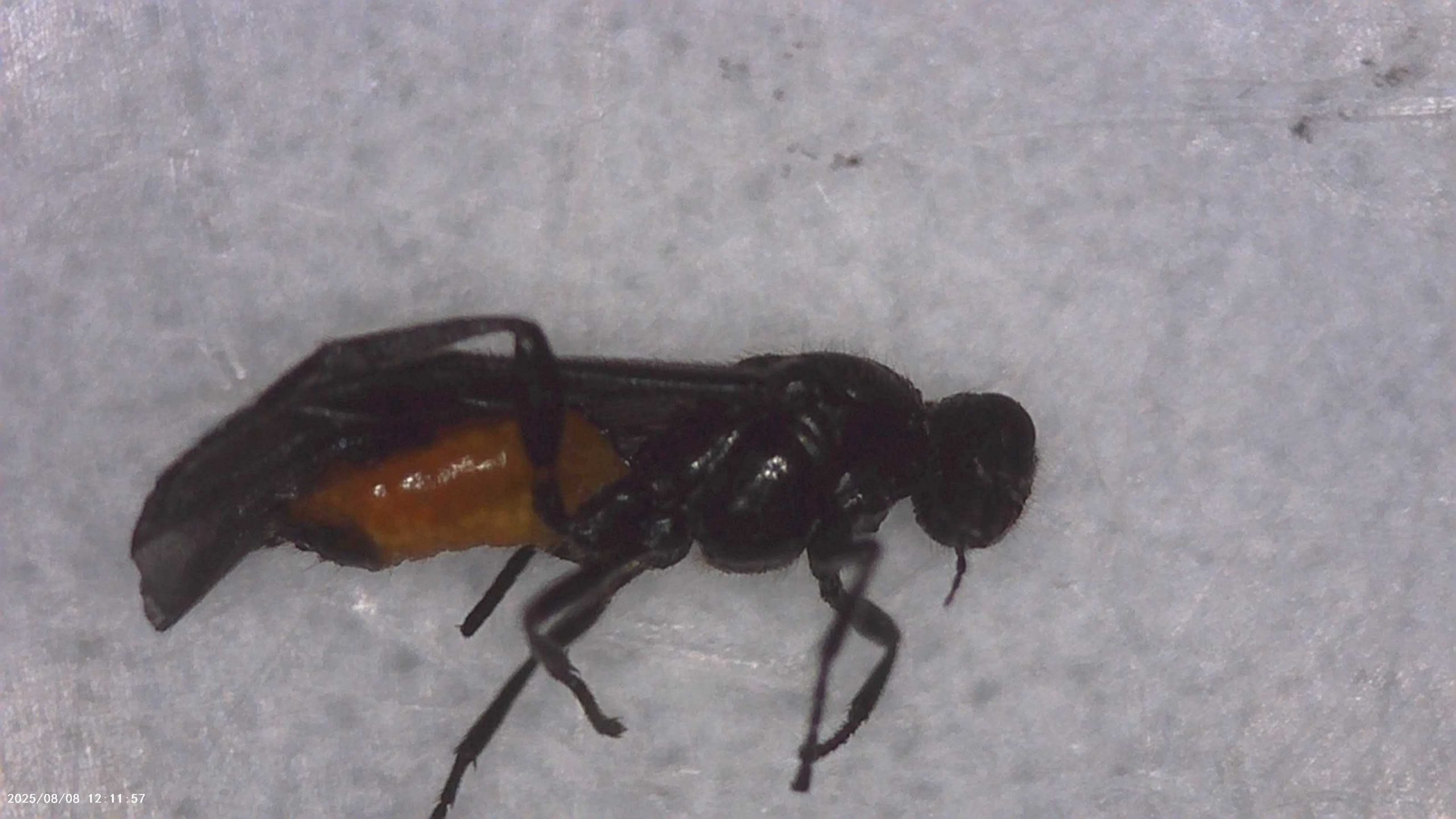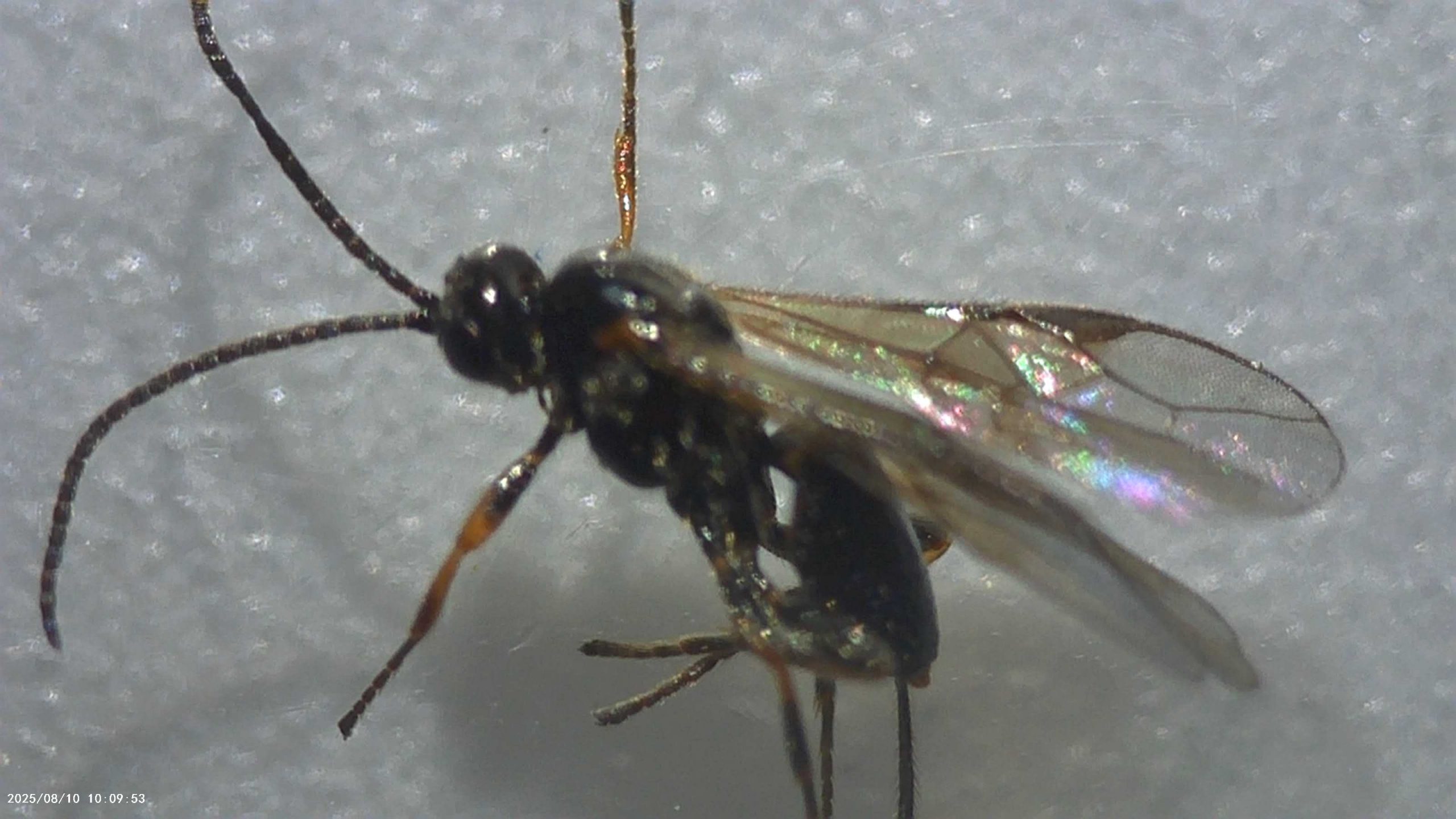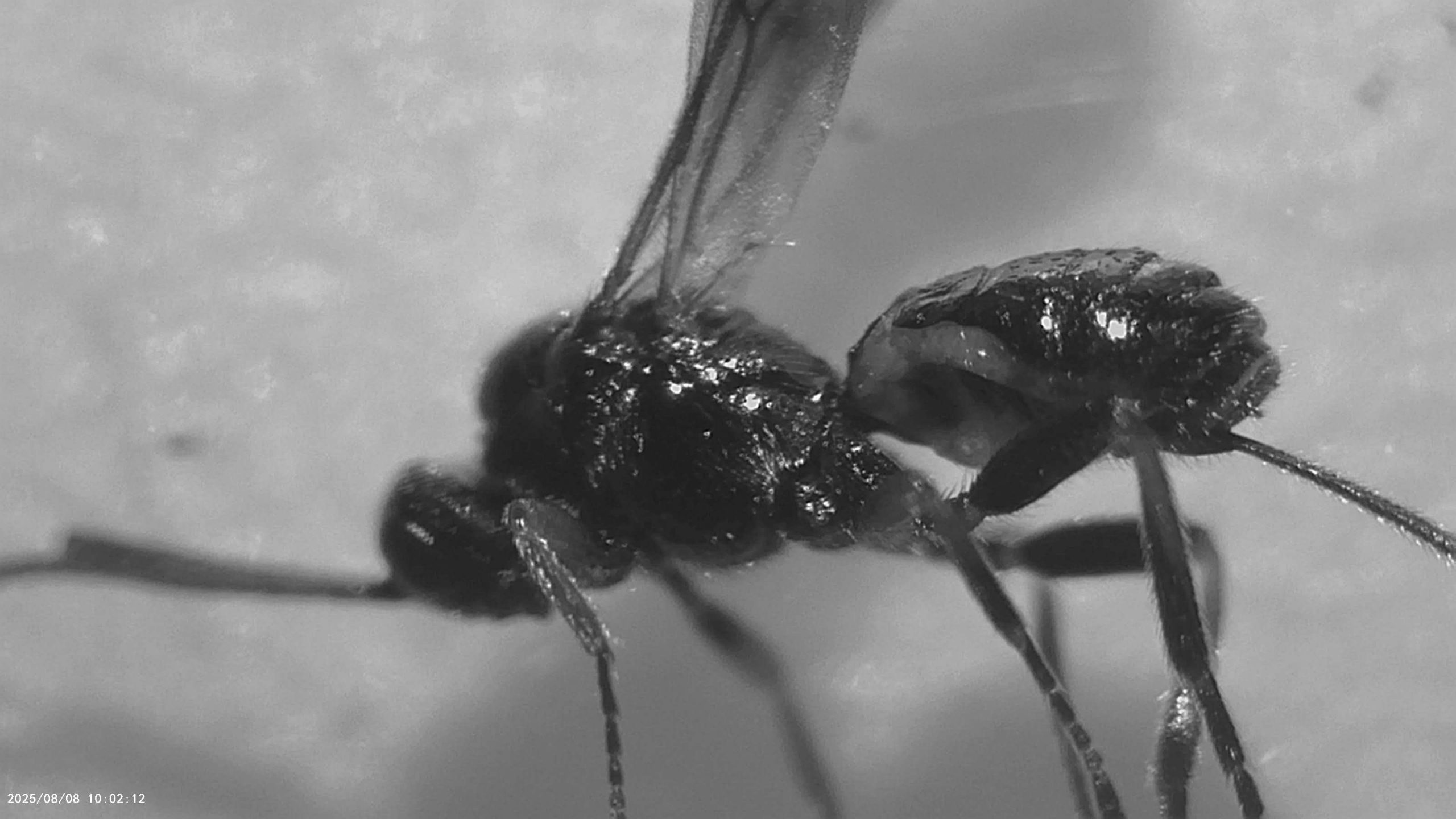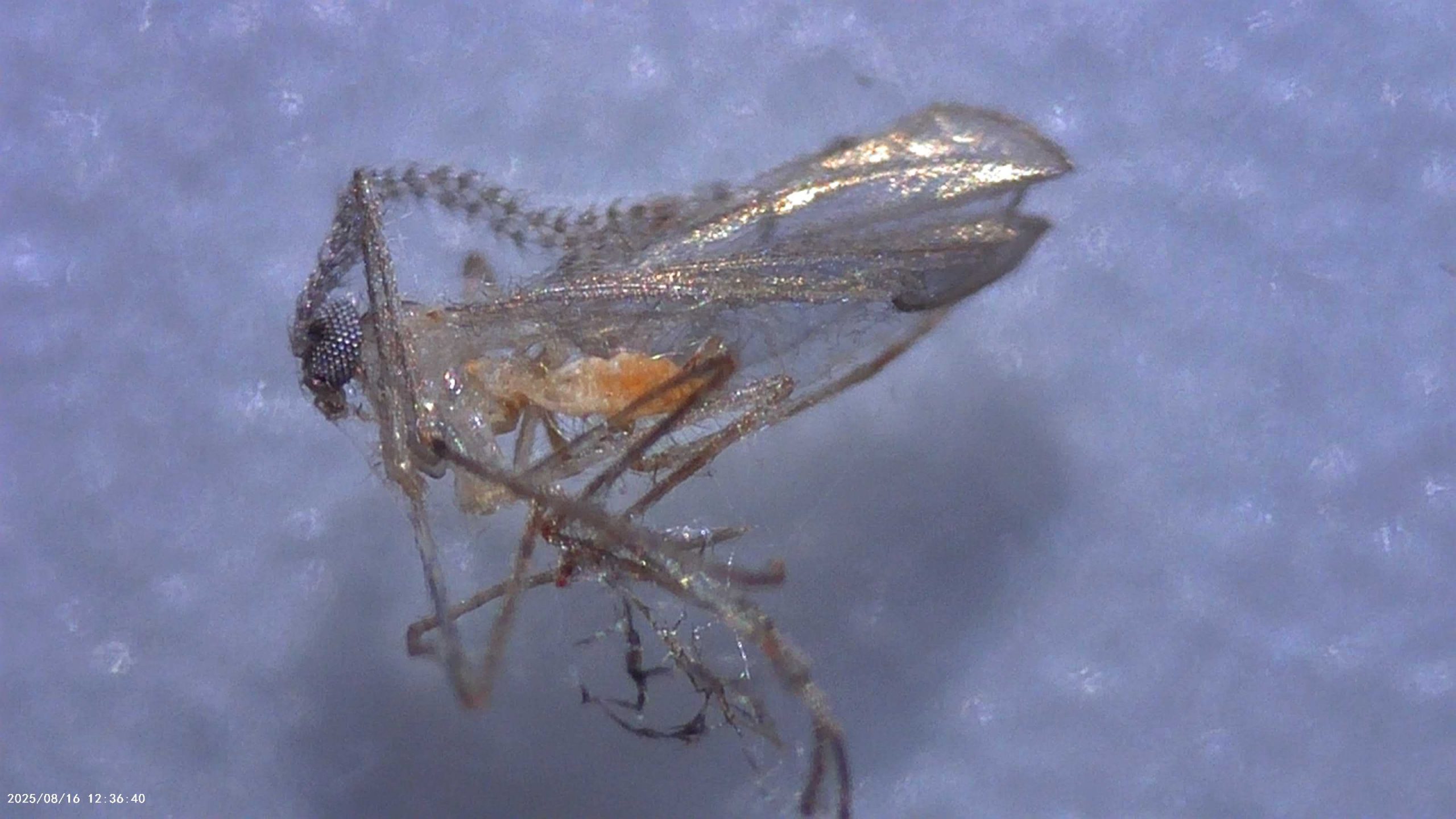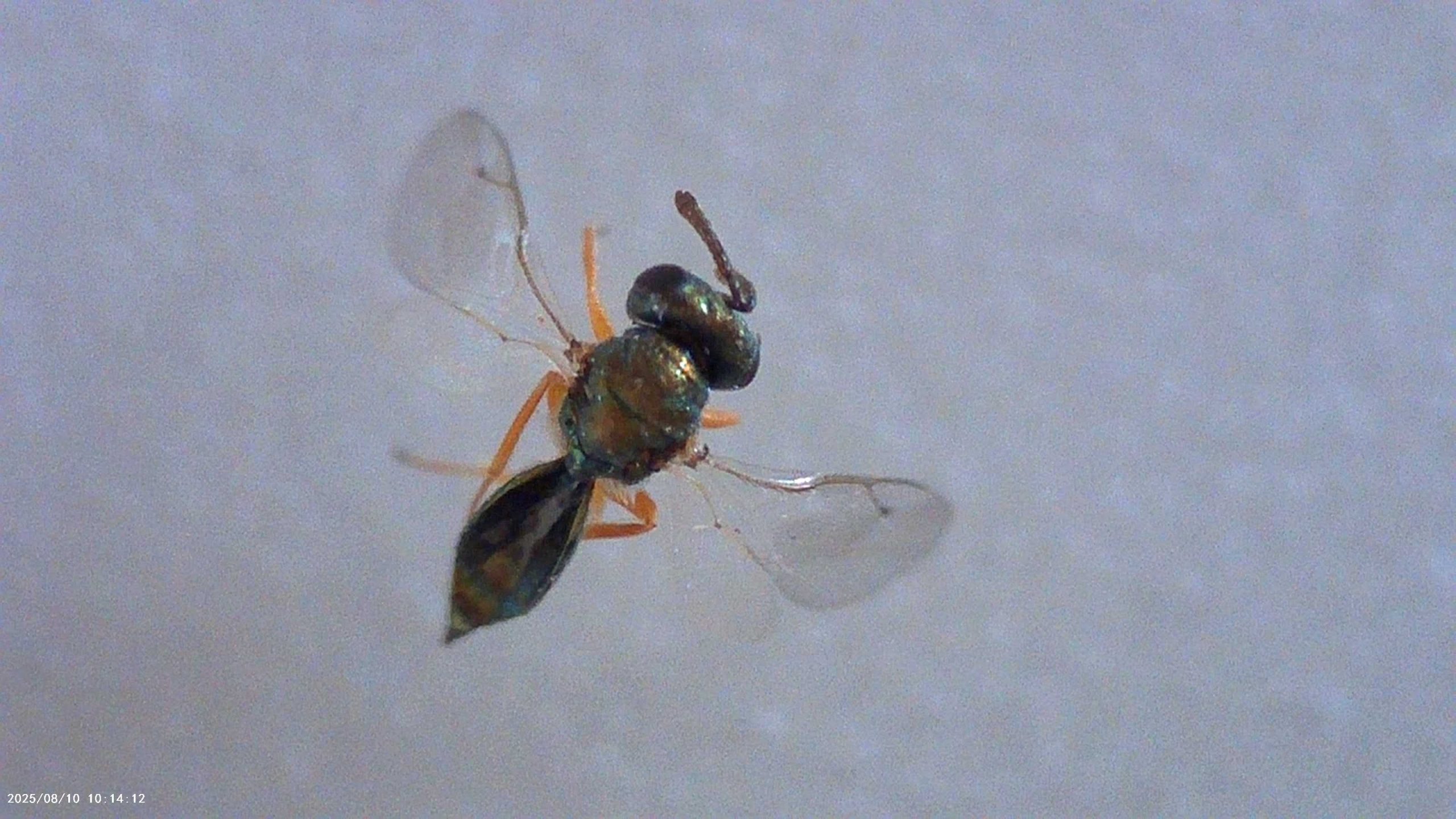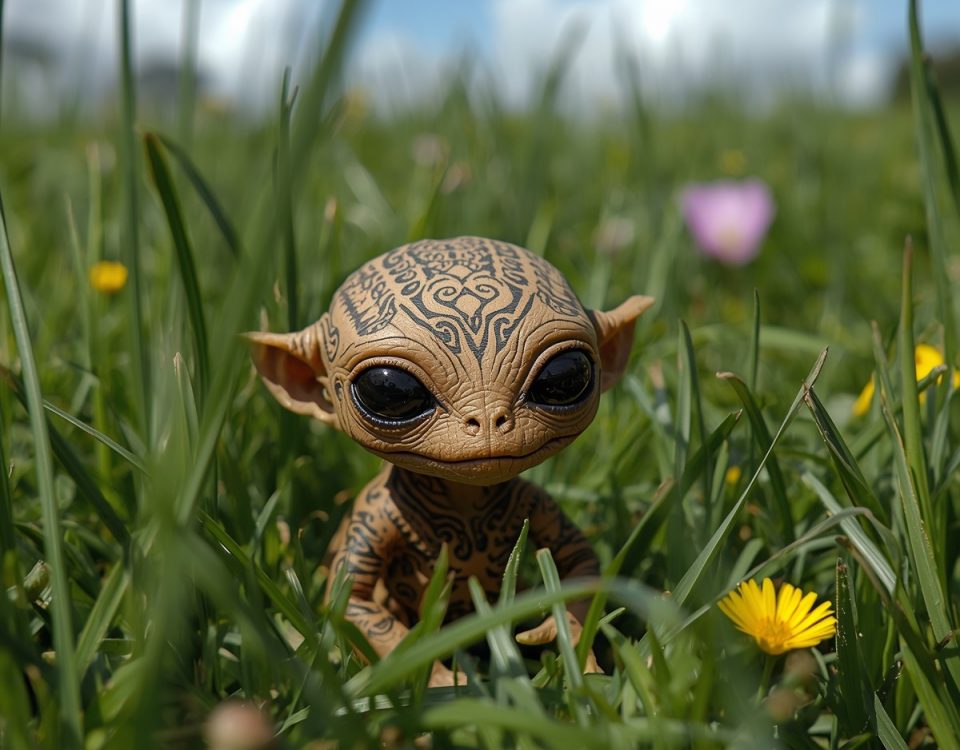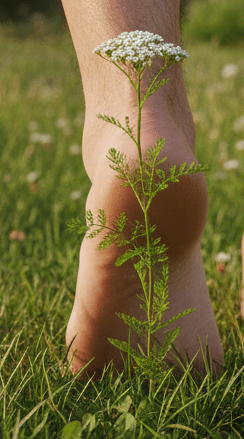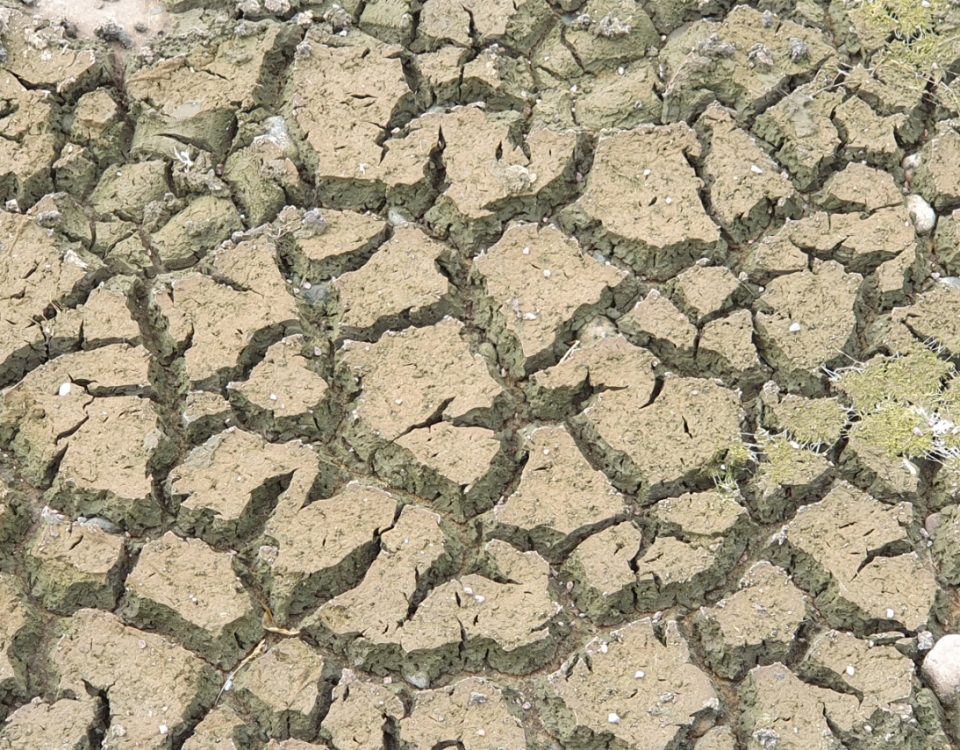
7. Aliens in the lawn.
9 August 2025
9. Drought buster – Common Stork’s bill.
2 September 2025I recently collected some prostrate form (and therefore lawn worthy) Bird’s-foot trefoil (Lotus corniculatus) seed heads from a patch of land currently derelict and unused.
Some people call such areas’ wasteland, but I am not fond of the term, despite the rubbish and general waste that are repeatedly dumped there. I found a discarded plastic 10 litre watering can there, that I still use today. Reuse and recycle where possible, eh.
I was first drawn to the site a few years ago because of its rather eye-catching show of floral colour; all unplanned and unplanted. Spontaneous urban vegetation can be quite interesting at times, and I was simply drawn in to investigate the plants.
I should probably mention that there are no lawns of any kind.
Anyway, leaving plenty of seed heads still in place, I managed to collect a handful of paper bags worth, and at home put them on a windowsill to catch the sun and dry out. The drying out being important to induce ripened seed pods to crack open and release their mature seeds.
Unexpectedly, after a few days, I noticed the window above the sill had quite a few very small insects flying and crawling on it.
With only the bags of seed heads to come from, I strongly suspect that the seed pods were the source. I obligingly opened a window.
When I finally moved the well-dried bags to get at the seed that had settled at the bottom, I discovered there were numerous expired bodies on the window sill. Intrigued, I thought I would have a closer look at what had been living in or on the Lotus.
Over 140 invertebrates are associated with Bird’s-foot trefoil, and I would get to see some.
 Here are a few at X25 magnification. They were all less than 5mm in size.
Here are a few at X25 magnification. They were all less than 5mm in size.
This has also made me appreciate (even more) the work my co-authors put in when we looked at the invertebrates to be found in tapestry lawns.

